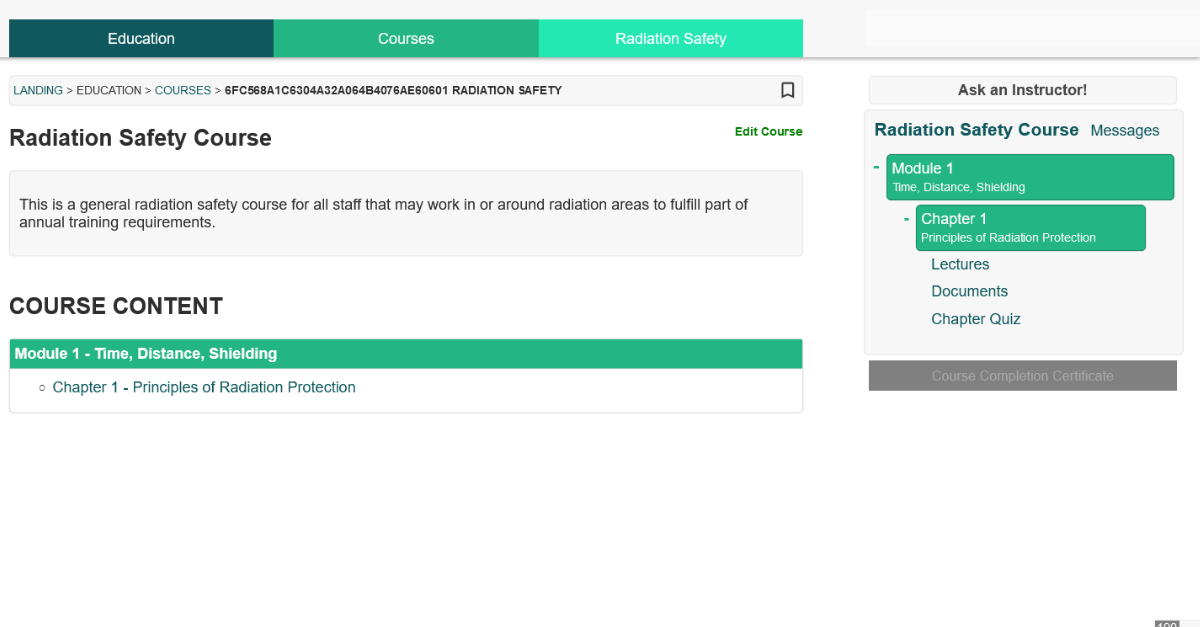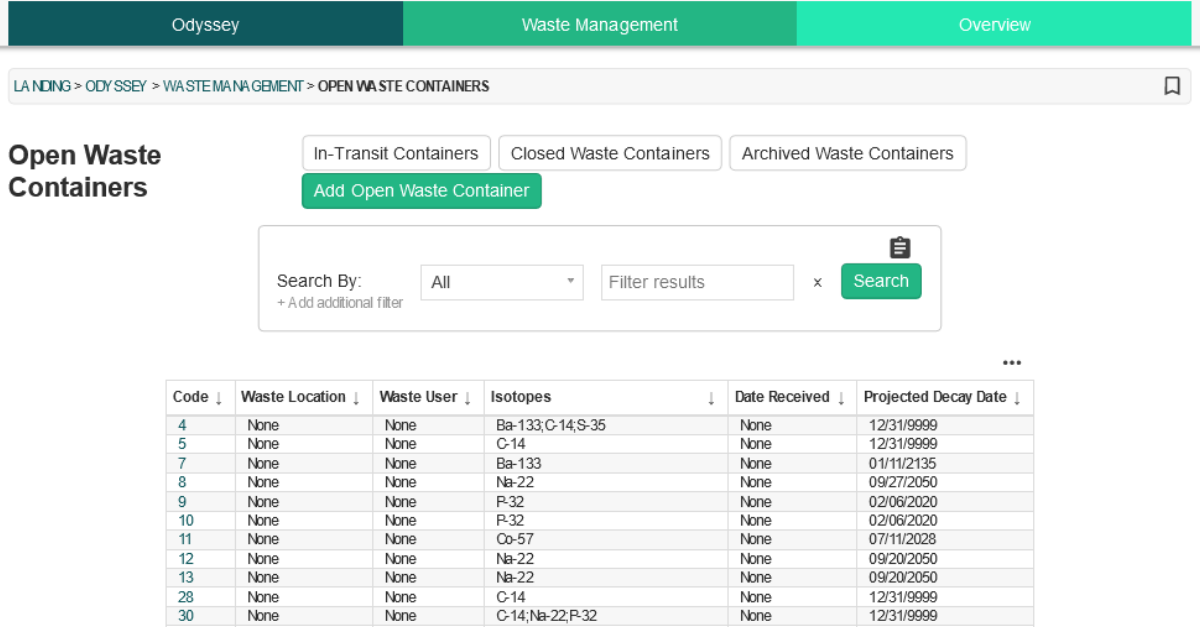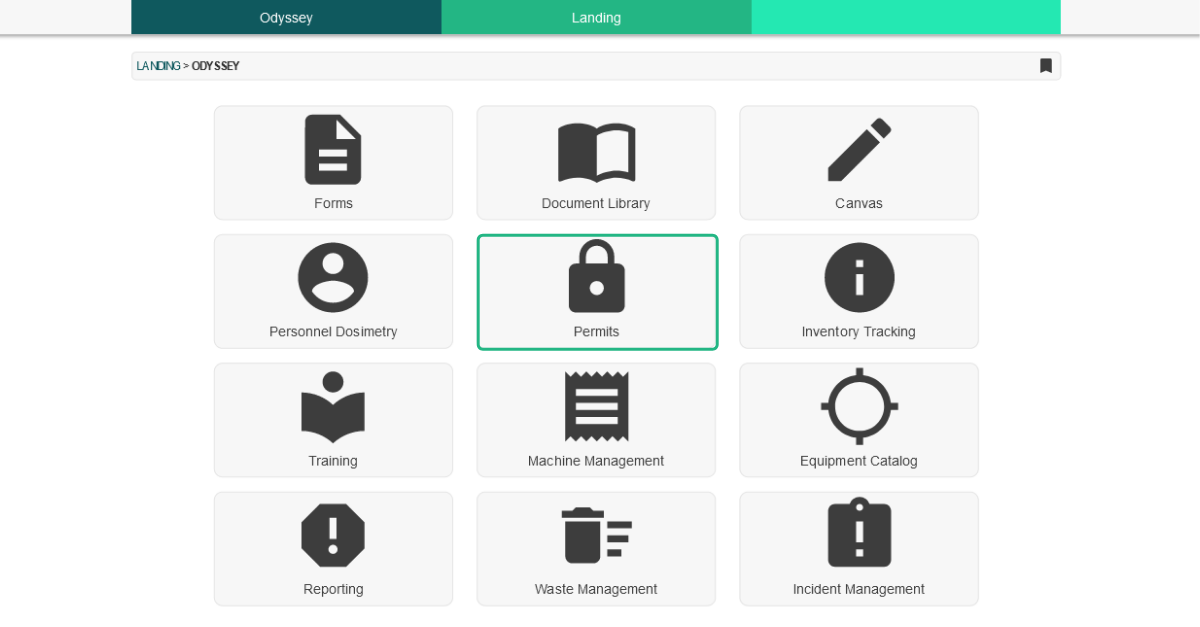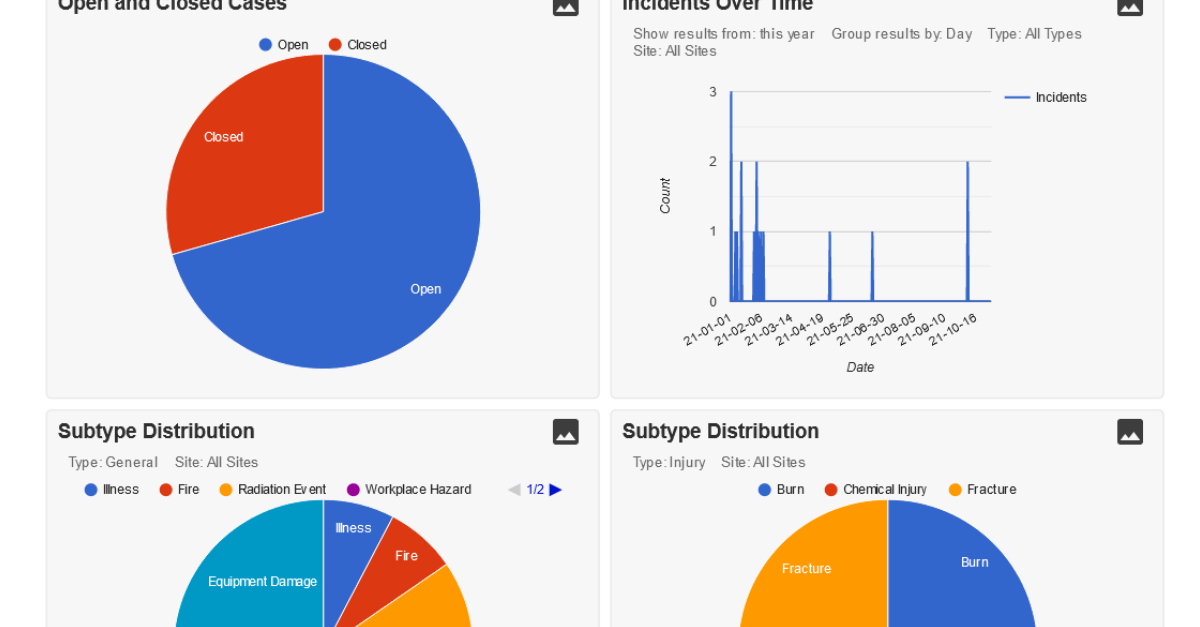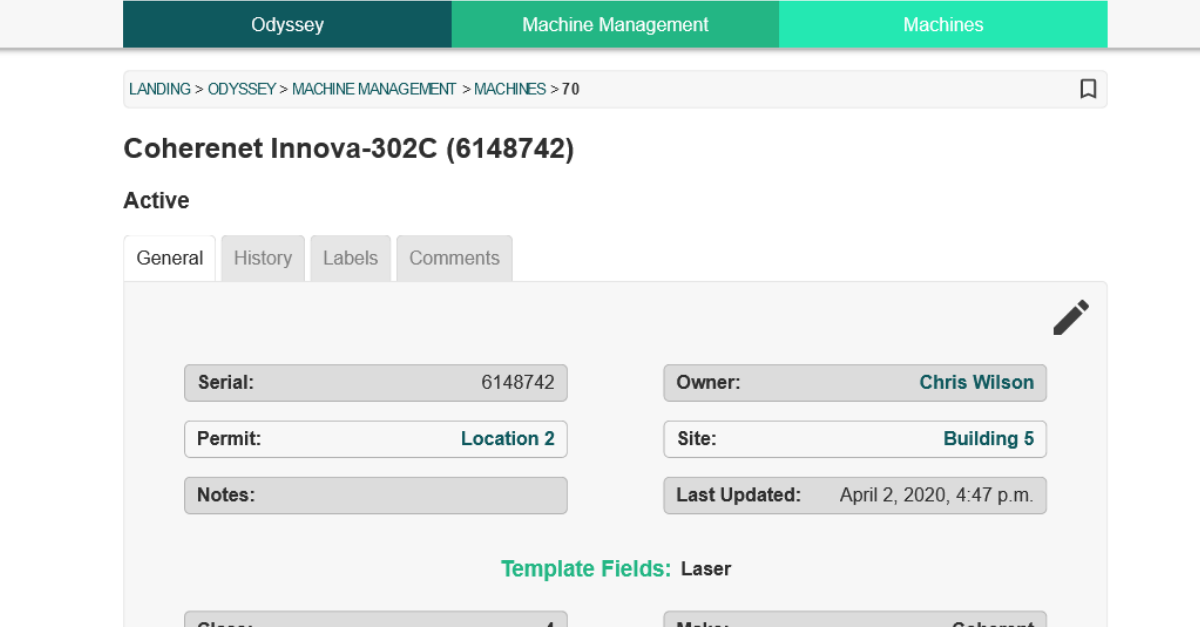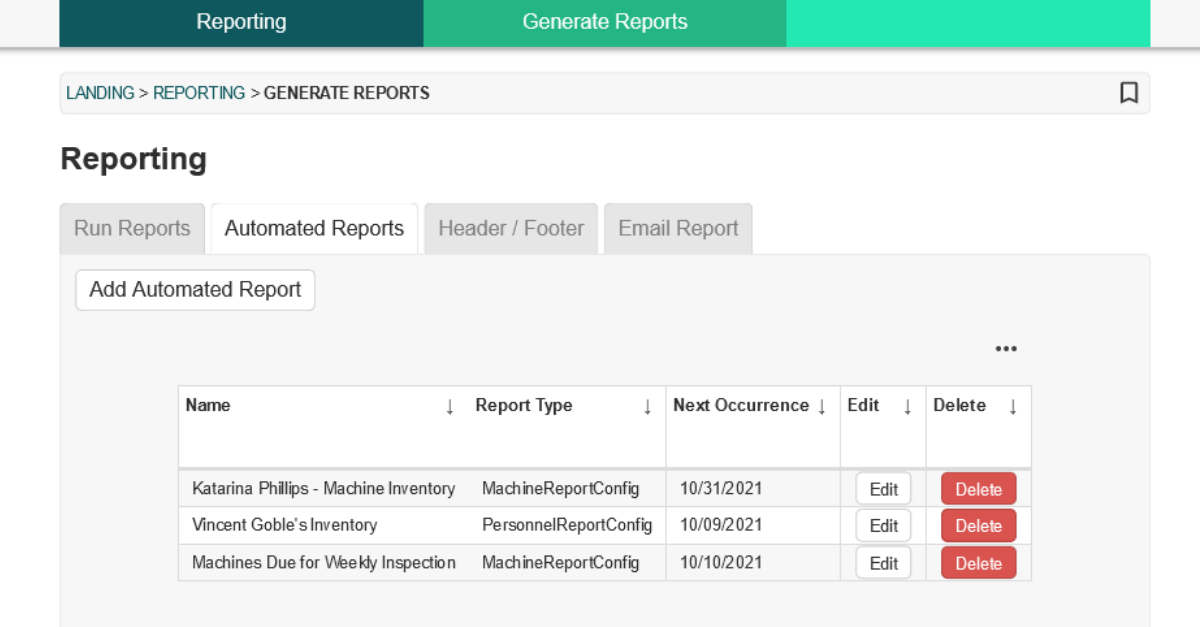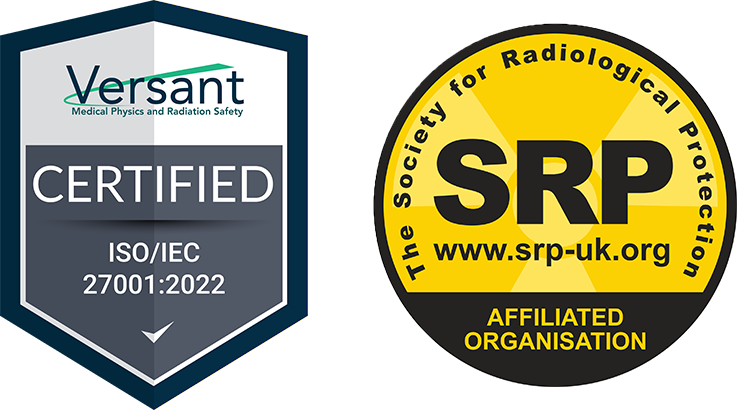Join us for another round of our Odyssey How To series with Odyssey Implementation Analyst Katelyn Waters. We discuss how to carry out certain functions of the Training module and answer some of your frequently asked questions. Scroll down to view the full transcript.
Odyssey is a radiation safety software suite designed to help RSOs, EHS managers, and Radiation Safety Specialists manage affordable and efficient programs.
KB 00:09: Welcome back to our 12-week How-to series highlighting Odyssey Radiation Safety Software. We’re back once again with Odyssey Implementation Analyst Katelyn Waters to talk about the Training module. We’ll be addressing some frequently asked questions we get about the module’s functionality as well as its use in training personnel. But before we get into our frequently asked questions, Katelyn do you mind giving us an overview of the Training module?
Katelyn 00:33: Absolutely, KB. The Training module is 1 of 12 modules of Odyssey, which is our radiation safety software suite. It’s been developed so that administrators either for a radiation safety program or EH&S programs can easily create training courses for their own personnel. We’ve seen these courses used either as the sole method of instruction or as a supplement to live, in-person training.
If I navigate into the module, there are going to be 3 main sections for us: Manage Users, Manage Courses, and Results. If I go to Manage Courses, we can actually take a look at one of the example courses that we have added to this demo account called Medical X-ray.
The left-hand side has a customizable description of that course, and this is something that an administrator would add. And the right-hand side will show us a breakdown of the course. Each of these training courses is broken down into as many modules and chapters as you would like, and you can name each of those as well as have content like lecture videos, documents, and a quiz form for each of the chapters.
KB 01:42: And how do admins go about creating these courses? Also, what kind of content are you able to include?
Katelyn 01:48: Yeah, so you go about creating these courses from the previous page under Manage Courses, and so instead of selecting one of our existing courses here you’d hit the big New Course button. After that, you’re going to be prompted to upload content for your course; each chapter will have its own content. Chapter 1 that we’re looking at has lectures that we have previously uploaded to the chapter as well as there is a supplemental document for this chapter. And you would go about adding those initially from a page that looks like this one right here. Right now I’m editing the chapter but this is the same form you’re going to see when creating a new chapter. You’re going to have the chapter title that you can enter or edit, a description that you can put in, and then a box here that you can click and drag or click to upload any of those resources. If you have a video, you can add a PowerPoint, documents like PDFs, or Word Documents.
And then at the bottom, we’re going to have the existing resources that are already part of this chapter. The two videos that we saw are listed right here that have been previously uploaded, and then that document that we viewed is this document right here. I can edit or delete any of those if need be.
KB 03:07: That’s great. Is there a similar process for the actual quiz creation?
Katelyn 03:13: When we’re creating quizzes we have some tools within the Training module to go about creating those. I’m going to go to this Chapter 2 quiz. Right now what we’re looking at is the student view of the quiz, there are all multiple choice questions for this one and this is the format of what they’re going to see. But an administrator either creating or editing one of these quizzes is going to have this view here where you have multiple buttons. You can add multiple-choice questions to your quiz, True/False, short answer, or something called a Worksheet, which is going to be a form from our Forms module that you associate with this quiz. And once you do select one of those buttons you will have a question added to your quiz that looks like this. You will type in what the actual question is, what options you want this student to be able to select from, and the correct answer.
KB 04:07: I see that there are some other settings right there at the top of the page. What exactly are those settings for?
Katelyn 04:12: That’s a great question. The passing percentage right here is the percent of questions that the student needs to get correct in order for this quiz to be marked as completed, or passed. If the student does not pass that particular quiz, there is a lockout period which is optional. We do set this for our quizzes. The purpose for that is to encourage the student to go back and review that material prior to taking the quiz again so they’re not just taking it over and over again until they pass it. You can also set the number of attempts that they’re allowed to do for each quiz. The -1 that you see here is unlimited. We allow them to take that over and over again even though there is a lockout period, but you could set this to 2 or 3 attempts, whatever you would like.
The final box is Questions Per Quiz. This allows you to create a pool of questions that each quiz attempt will pull from. If you want to, as an administrator, add in like 30 different questions for this quiz, but when a student takes it you want it to pull maybe 10 of those questions out, you can put 10 here, and then it will pull from that overall pool of questions.
And finally, we have this checkbox “Show Answers on Failure.” If a student does not pass that quiz you can then determine with this checkbox if you want to show them the correct answers then.
KB 05:34: And am I able to see what students answer for the quizzes and track their progress on my end?
Katelyn 05:44: Yes. Let me go back out to the other two sections that we have not viewed so far in Training. And those are going to be Manage Users and Results.
Briefly taking a look at that Manage Users section for that same course we were just looking at, the example Medical X-ray course, we can see the students who are assigned that course, when they were assigned it, when it’s due for them to complete, whether or not they completed it, and we can also take a look at their course completion certificate from here if we wanted to. We can optionally also unassign any of them or assign additional Odyssey users at the bottom of this page.
But to more directly answer your question, in addition to this section, we have the Training Results. The Training Results section has each of your courses listed out, the students that have taken it at any point in time, as well as, if you select one of their names, you can view how they responded to each of the quizzes that are included within that course. We have Vincent Goble here, who has previously taken the Medical X-ray course, and his scores tab has all of the chapters that he has completed. So, so far, he’s only completed Chapter 1. And we can see what each of the questions were for that Chapter 1 quiz, how he responded, as well as the correct answer. And we can see one of them here we can see he did not answer correctly even though he did pass, and that’s this one in red and it’ll be labeled very clearly for you.
This is a very easy way to track progress for each of your students as they progress through the course. But you could also just wait until they complete the course because at the end of that course each student is going to have available to them a course completion certificate, which they could provide to you to keep in your records as proof of their completion.
KB 07:31: That sounds very easy and efficient! And that wraps up our list of frequently asked questions for the Training module. Thanks Katelyn, for walking through it with me and clarifying how users can use it to train personnel in their Radiation Safety or EHS program. We’ll see you next week for a discussion on Odyssey’s Waste Management module.
Schedule an in-depth demo with our Odyssey team to discuss how the software can assist you with your radiation safety management needs.

